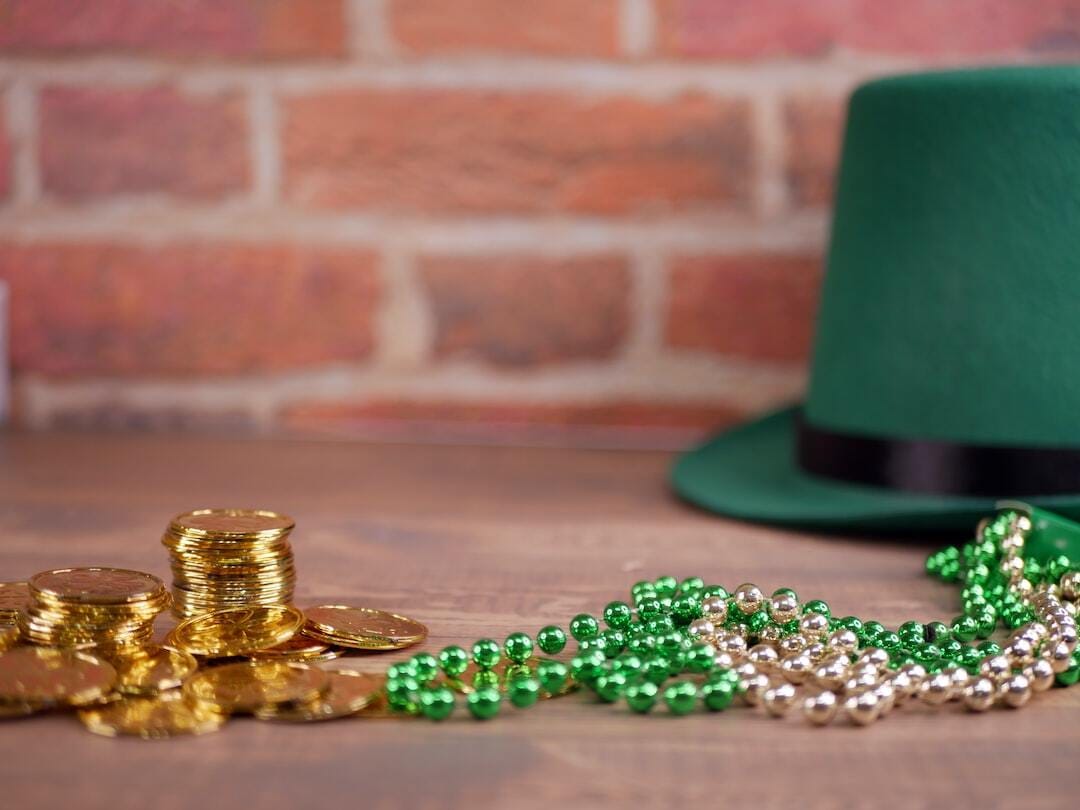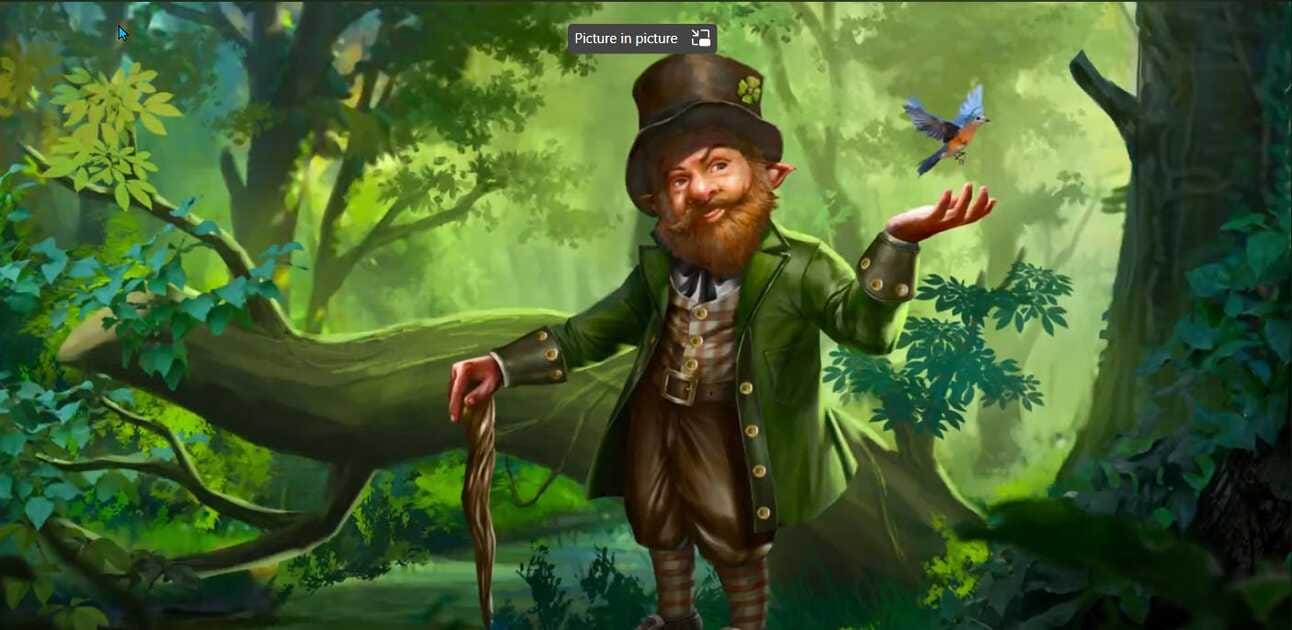Hello! I hope you are enjoying my recent posts. I've been blogging on different platforms, such as blogger.com, wordpress.com, and wix.com, for a long time, but I'm ready to take this blog in a new direction. I'm currently exploring my options and figuring out what I want to do in the long run.
I plan to post mostly on weekends, with 3-5 posts at a time. Eventually, I hope to post more during the week - on Mondays, Wednesdays, and Fridays.
I appreciate your patience as I experiment with new ideas for this blog. I hope that, over time, my writing will effloresce and attract more readers.
If you have any feedback or suggestions for improving my writing or blog growth, please don't hesitate to share them with me. I welcome constructive criticism and new ideas.
Today is St. Patrick's Day, and I will post a blog entry about it. So, Happy St. Patrick's Day! Or, as the Irish would say, Lá fhéile Pádraig sona dhaoibh.
St. Patrick's Day is a time to celebrate Irish culture and traditions, including the beloved leprechaun. According to legend, leprechauns are small men with red beards who wear green coats and hats, make shoes for fairies, and hoard pots of gold at the end of rainbows. They are known for being mischievous, cunning, and elusive.

Although leprechauns are often associated with St. Patrick's Day, they have a much longer history in Irish folklore. The first written mention of leprechauns dates back to the 8th century. Leprechauns are figures in Irish folklore who guard hidden treasure. They are regarded as small and incredibly agile male fairies or goblins who often guard a pot of gold. They are usually depicted as little bearded men wearing coats and hats who engage in mischief. Leprechauns live solitary lives and can be a source of mischief for the unwary. They are infamous for being extremely difficult to catch. They were also described as water spirits who could grant wishes to those who caught them. Over time, their appearance and characteristics evolved, becoming the mischievous, gold-hoarding creatures we know today.

On St. Patrick's Day, many people enjoy making leprechaun-themed crafts or treats, such as green cupcakes with rainbow sprinkles or leprechaun hats made from construction paper. Some people also believe that spotting a leprechaun on St. Patrick's Day is a sign of good luck, although catching one is said to be nearly impossible. Despite their elusive nature, leprechauns remain a beloved symbol of Irish culture and tradition, and they continue to capture the imaginations of people around the world.
Another way to celebrate St. Patrick's Day is by learning more about the history and culture of Ireland. Originally a minor religious holiday in Ireland in 1631, the church declared it a feast day. The observance initially involved attending church in the morning and having modest feasts in the afternoon. However, over time, St. Patrick's Day became more secular and festive, with people wearing green, drinking beer, eating Irish food, and enjoying music and dancing.
St. Patrick, the patron saint of Ireland, is also an important figure in Irish history and culture. He was born in Roman Britain in the late 4th century and was kidnapped by Irish raiders when he was 16. After spending six years as a slave in Ireland, he escaped and returned to his family. Later, he became a Christian missionary and returned to Ireland to convert the pagan Irish to Christianity. Using the shamrock as a symbol of the Holy Trinity, he is also credited with driving out snakes from Ireland (although there were probably no snakes there, to begin with). He died on March 17, around 461 AD, and was buried at Downpatrick.

St. Patrick's Day has become a global celebration of Irish culture and identity, observed by people of all backgrounds and nationalities. Whether you're Irish or not, you can join the festivities by wearing green, attending a parade, trying traditional Irish food, or learning more about Ireland's rich heritage.
In conclusion, St. Patrick's Day is a time to celebrate Irish culture and traditions, including the beloved leprechaun. While they may be elusive, leprechauns remain a symbol of Irish folklore and mythology, and they continue to capture the imaginations of people around the world. So this St. Patrick's Day, take a moment to appreciate Ireland's rich history and culture and enjoy the festive atmosphere with friends and family.